I’m not much of an impulse buyer. I laid down the rumpled notes that paid for my first full frame a full year after deciding it was ‘time’. I’ll develop a taste for a lens, then another, watch all the gear-review comparison vids, and then buy neither. I make do with a camera bag that begs for death.
I guess you could say I’m more of an Acquirer of Attrition - victim to the slow, unremitting drip of desire deep inside that erodes the foundations of my resolve. The final drop that got me to crack open my wallet was seeing the book Malparaíso by Spanish photographer JM Suassi1. His images are imbued with a kind of magic, they’re a surreal documentation of his wandering through dry country and they have a quality I want coloring my images. Switching cameras was the only way to get it2. At least this is the story I told myself as I stepped from the store out into the humid streets of Seoul toting my first medium format camera. Finally.
So after a month or two of excursions into the Korean countryside here are my first impressions of medium format.
1. MF does not make you a better photographer
Let me know if you agree, but I think the subtext in a lot of the talk about shooting film is this: it’ll make you a better photographer. And the higher the camera quality, the better the photographer you’ll become.3
The truth is that switching to film, or switching from a small format to a larger one, demands that we try a bit harder. We have to be a bit more aware of our exposures, our timing, and if we’re not trying to blow what’s left of our money, we have to be more selective of our subject matter.
If we rise to these challenges, we absolutely will become better photographers. My ability to determine exposure settings by eyeing the light has improved a bit now that I’m using an external spot meter. My sense of composition is developing as I spend time searching the entire frame before I release the shutter. But improvement only happens if we’re willing to overcome the friction that medium format introduces. In other words, it’s not the (old) technology that improves our images through the magic of chemical and steel, it’s how willing we are to engage with it and grow from the challenges it poses.
2. I understand ‘shooting slow’ now
When I started shooting 35mm more regularly, I struggled to photograph moving subjects the way I did with digital. The reason is simple - I couldn’t afford to shoot multiple frames of the action to be sure I got the shot. This lead me to seeking out slow-moving subject matter, something a little easier to shepard into frame.
But as I was walking through the Korean countryside recently, lugging the camera, a tripod, a spot meter and a hankie to dab up the sweat, it dawned that the truly slow-moving thing was me. So much happens between finding a scene and actually photographing it that I’m left with a lot of time to think about what I’m doing here. Or, if I’m uncomfortably honest about it, to notice I might not be thinking much about it at all.
I want to make images that share the same characteristics as my favorite films - they look good, and invite me to think about them long after they’re gone. The slowing down necessary to take a photo now frees me up to be thoughtful about what I’m doing and why I’m doing it. This, hopefully, leads to more images with that thoughtful quality I love.
3. The image quality is significantly better than 35mm
I’ve spent so much time pixel-peeping for Serial Music that I can confirm 35mm has its limits. My initial impression of working on medium format though, is that, most of the time, it looks great.
I have only made one small print from my medium format photos, and that was from a lab scan, so I’ll save discussion about how well it prints for another day. But backlit on a good screen, the images really sing.
4. MF is not a daily shooter
This was a suspicion I had prior to buying the camera, but now that I own one, I can heartily confirm: It’s not a good daily shooter. If you’re romanticising the notion of slinging a Mamiya or a Hasselblad as you go about your daily life, I think it’ll end up being a bit of a drag. While of course it’s not impossible, it just seems likely it’ll get in the way of your picture making more often than not.
And that’s OK. Having a camera that makes you think how you’ll use it before you use it is a welcome encouragement for those of us taken with the idea of thoughtful photography. In my case, it’s been the perfect excuse to get out of the city more, photographing in the weird little villages and the lush Korean countryside.
5. The negatives are pretty forgiving
I’ve been working hard to get my exposures correct so that each image on the roll will be something useable. Considering the cost of every photo, I think that’s a reasonable intention. It is an unfamiliar camera though, and occasionally I’ve muddled my steps, metered for one exposure and shot for another. And when I’m not making mistakes, I’ve been shooting in purposely difficult light to see what limitations I’m up against. For the most part, I’ve been pleasantly surprised:
I thought I was guaranteed to be missing a few more images a roll than I currently am. I mean, it always takes a bit of time to get used to a new rig. Happily, my hit rate has been better than expected, and I’m chalking that up to the generosity of the format.
6. The images often (but not always) feel pleasingly dense
This is a hard one to explain, but there’s a kind of density to my favorite photos. I think of this density as a mix of contrast and clarity (the terms, not the sliders) that resolves like a weight on your eye. I realize that whichever photo I show next needs to be an example of this, but the truth is, it’s what I strive for when I shoot, and I’m not sure I’ve quite nailed it yet. Nevertheless:
All-in-all, my ratio of dense images per roll of film feels higher with medium format than 35mm. I have a feeling that when I’m set up to do my own scans, that difference will only increase.
So, was it worth it?
Right now, I’m 5 rolls in. That means only 50 photos to base these impressions on. But after 50 photos, I’m happy with the results and feeling like the jump to medium format has been worth it. It’s slowing me down, but in a way that encourages thoughtfulness. The images have a quality that I like about them. It’s getting me out of my familiar haunts.
It’s benefitted me that I had intentions for the camera before I bought it, otherwise I’d probably feel bad about the days it goes unused. An added bonus is the conversations it starts when people see you setting up what to them might as well be an astrolabe.
If you’re interested, I’ve shared a lot more images over on Foto. Also, if anyone is thinking of picking up their own medium format camera and has any questions about my experience so far that I haven’t covered here, please reach out!
Cheers,
Chris ✌️
I’ll do a full review on this book eventually. I couldn’t sleep the night I first read it.
Let it be clear, I don’t actually believe this is true.
Please direct me back to this sentence when I start eyeing large format.




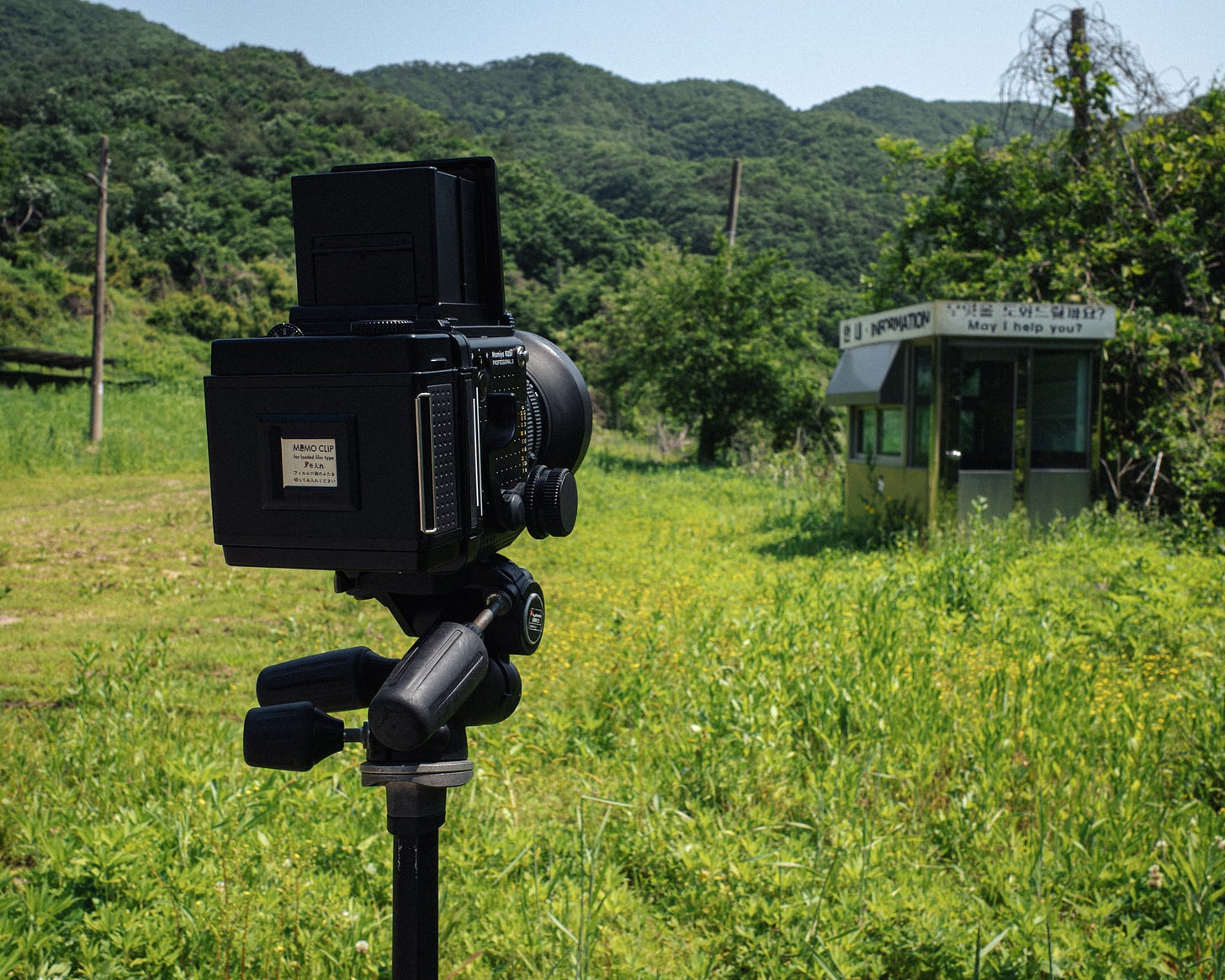
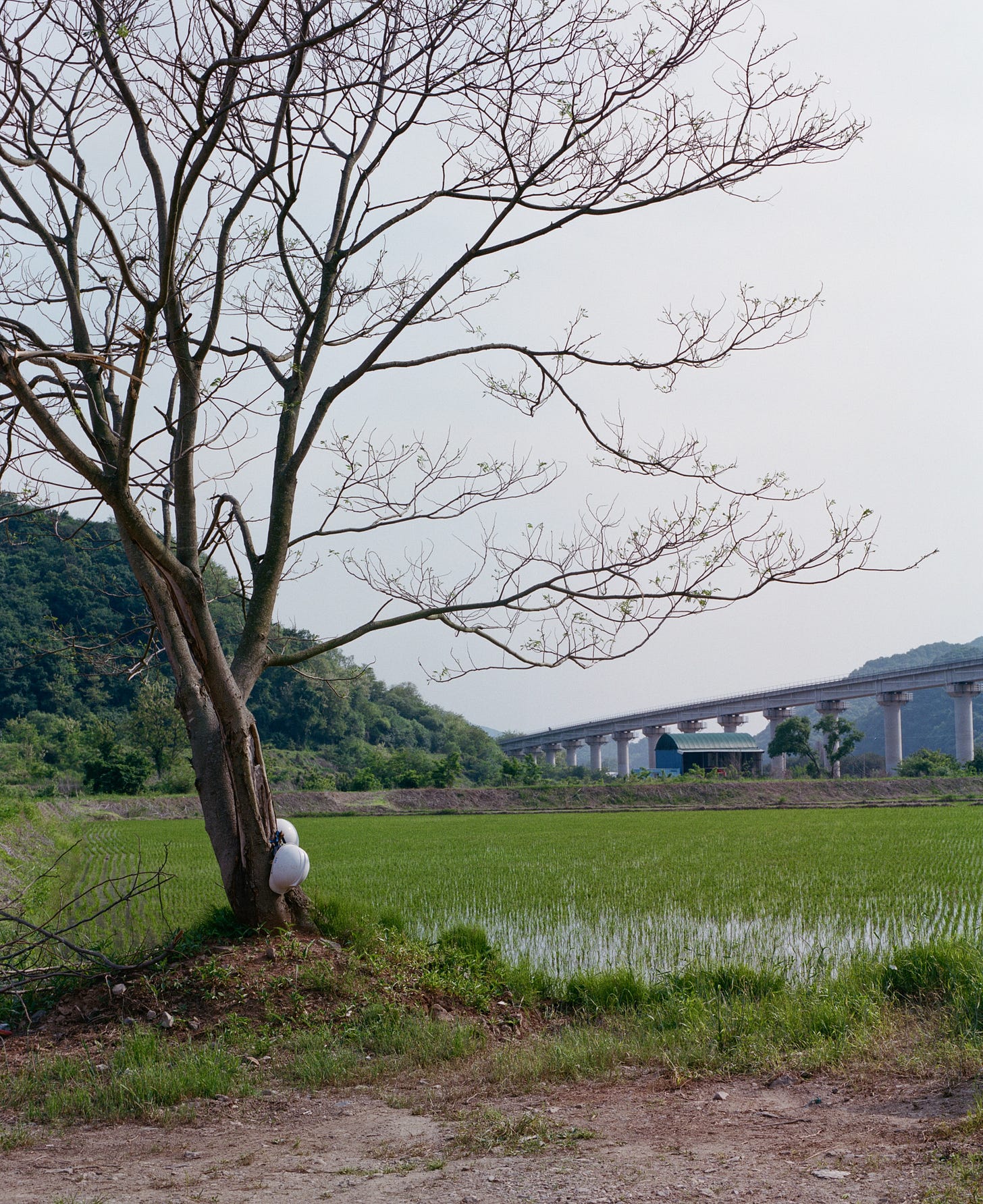
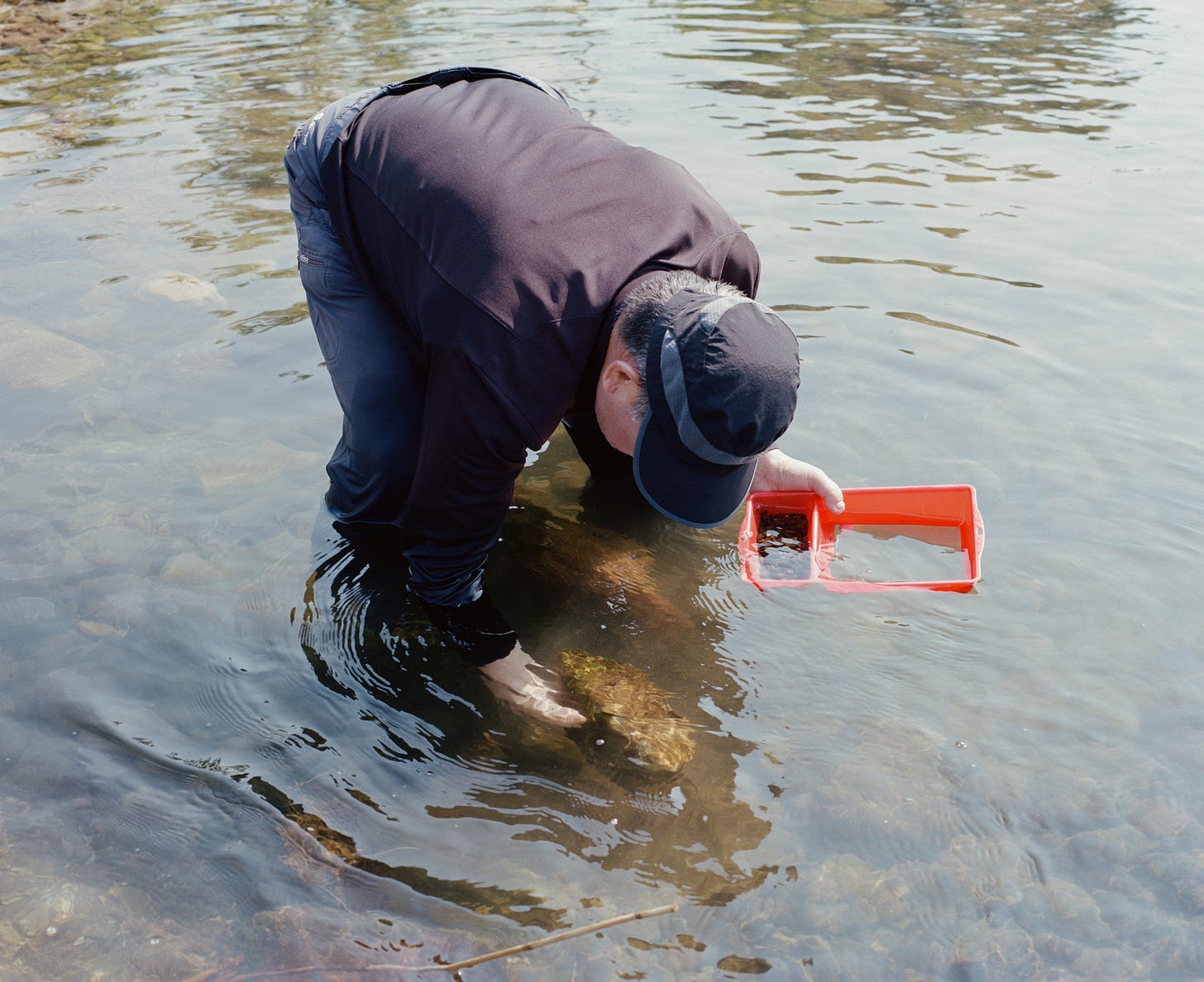


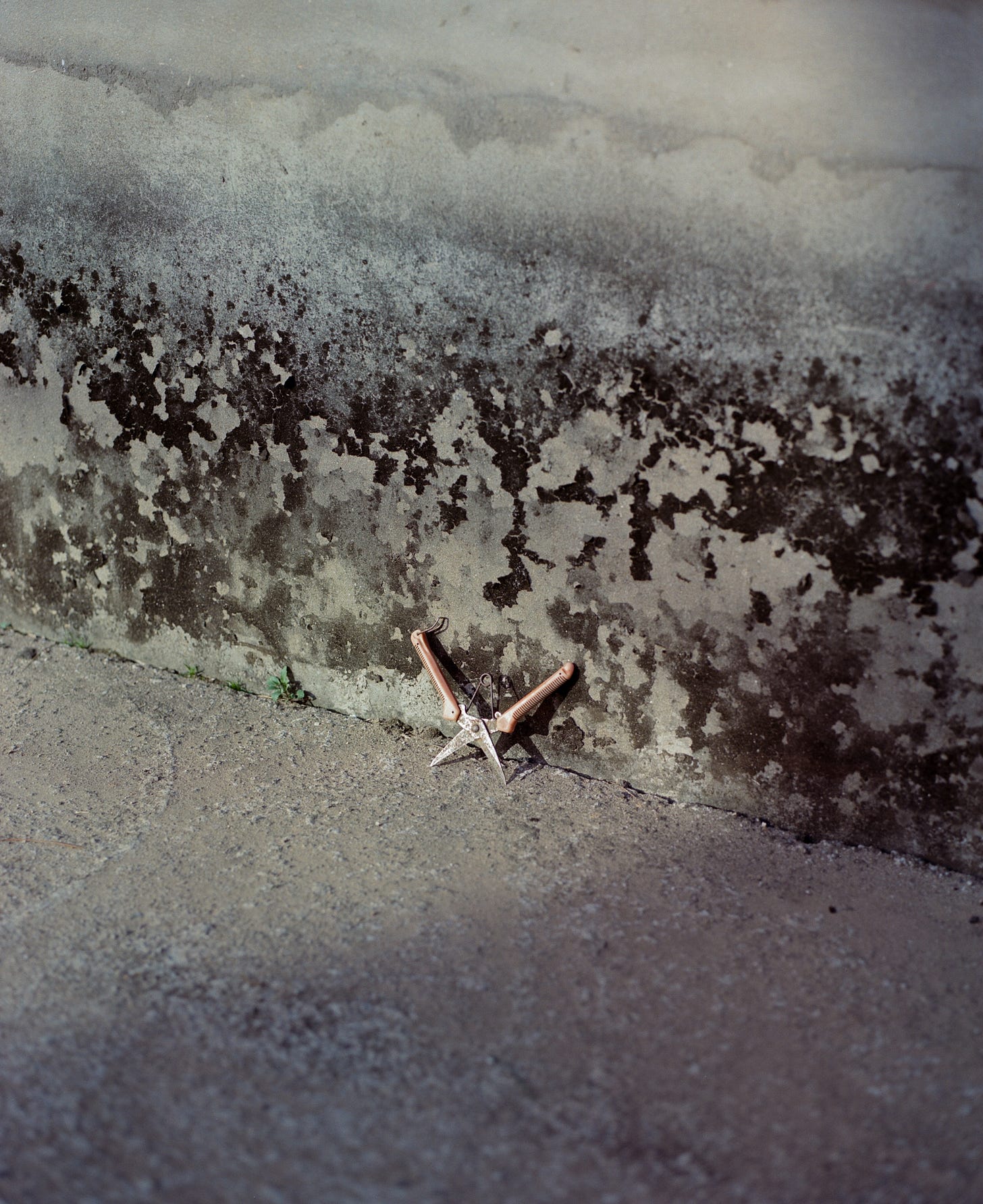
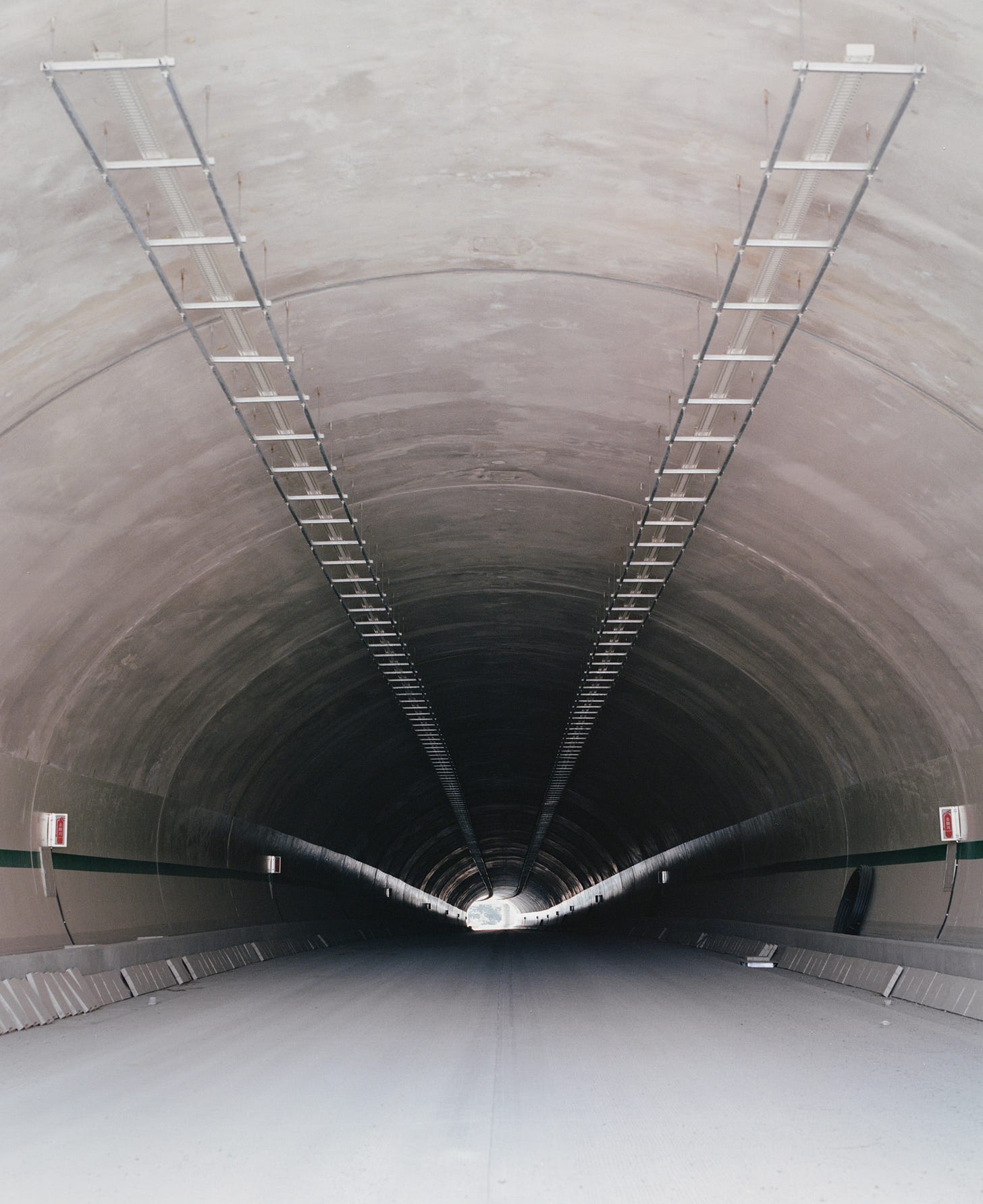
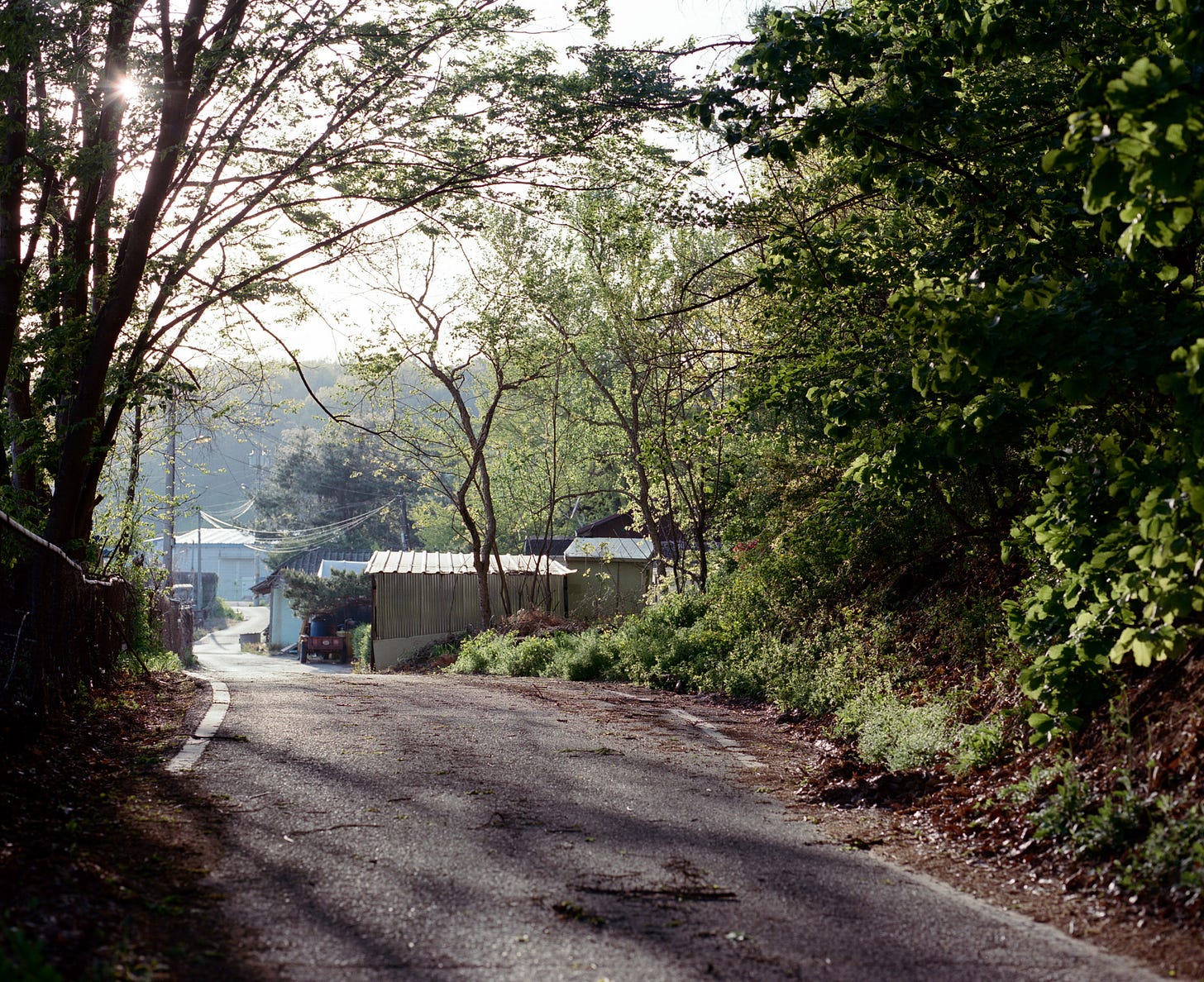
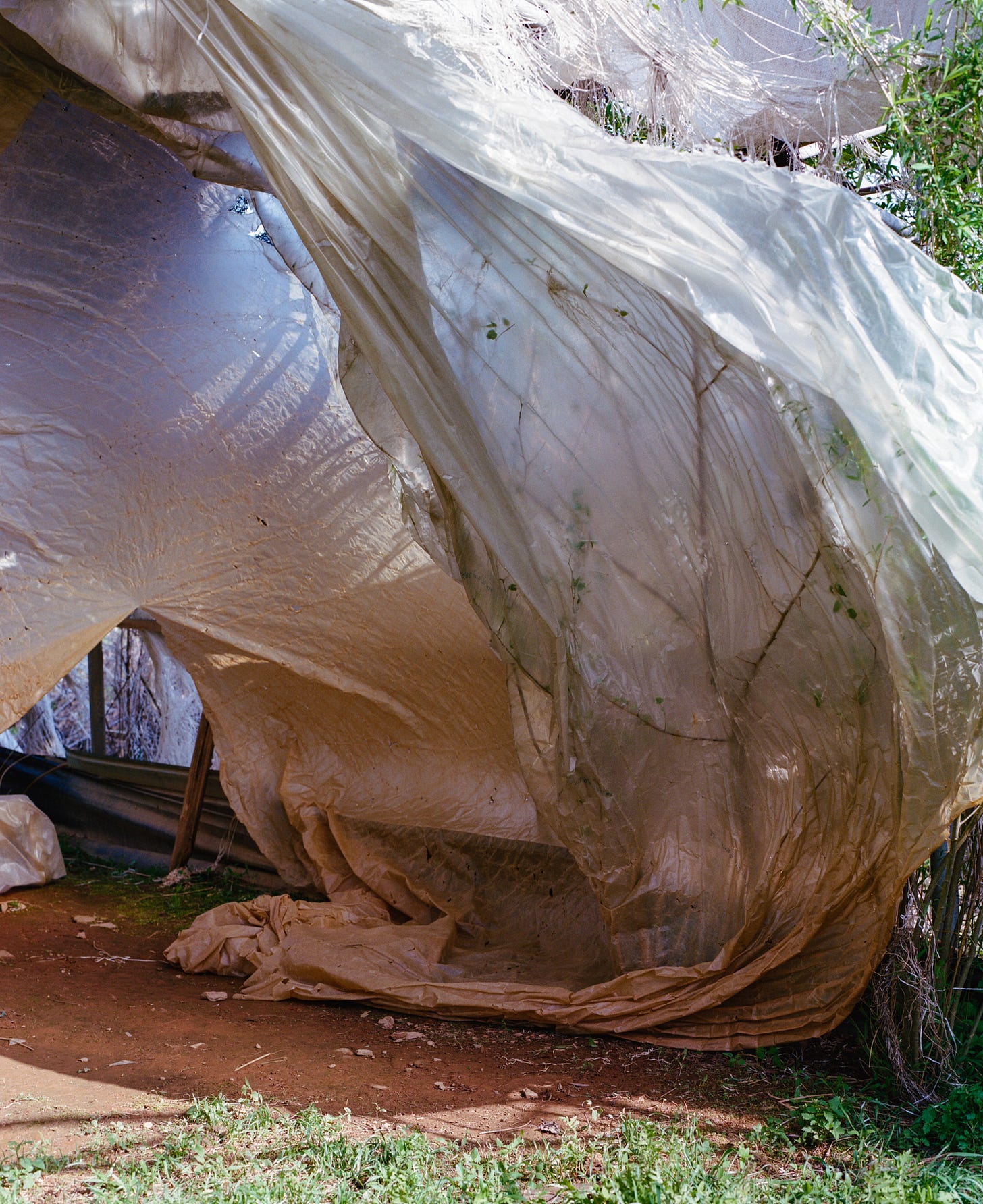
i don't agree with you on something: the mf is not a daily shooter.
well, that is up to each individual on how one wants to use a camera, why use that camera and what are the subjects. i understand that your mf is pretty heavy but that doesn't mean that all mf are heavy. i have a liubitel and a zeiss nettar, both mf, that are lighter than my canon 1dx2. on top of that the nettar is a folding camera, fits in my pocket, very easy to carry around. so a mf can be an everyday camera, no problem especially now that you understand the "slow down" part.
my advice to you is put a strap on the camera and carry it on your shoulder, try to take photos with the strap around your neck and without a tripod - you will have a different experience and you might enjoy it. all the best!
I always find it so funny how every YouTuber is like "Gear doesn't matter" but then say that film cameras make you a better photographer. It's like they're reaching 80% of the truth but don't go all the way and just end up saying the same thing that another one already said, even though that it's not the truth. It shouldn't be a surprise that if you engage in different perspectives, you tend to learn and get better in any subject. Glad that you found the way, also the shot above the heading 6 was beautiful